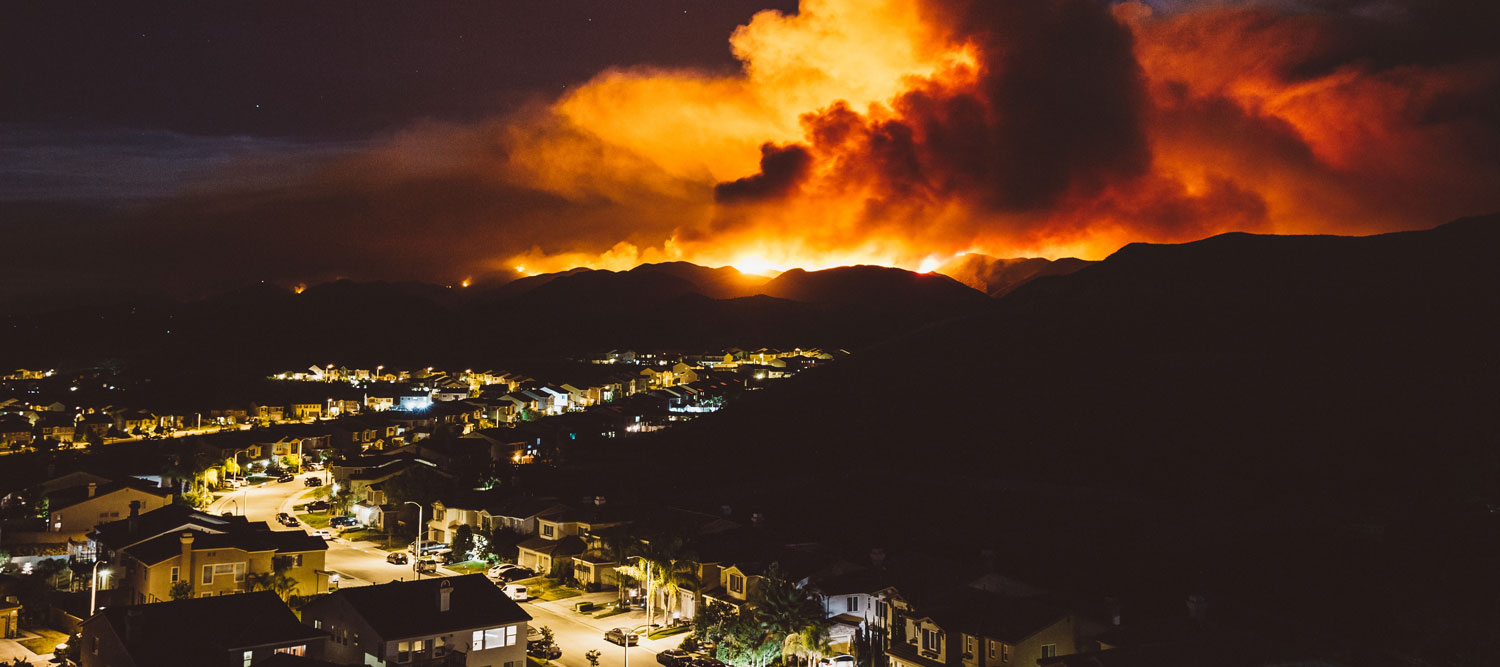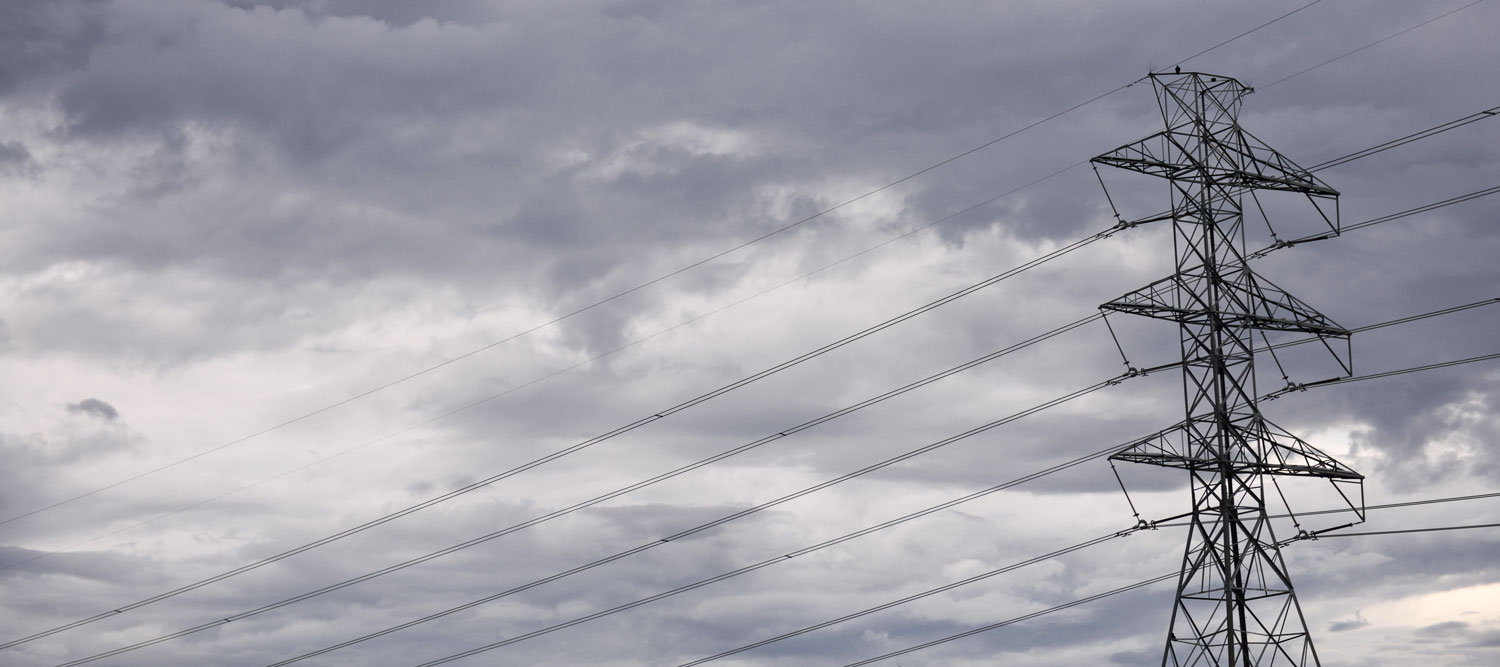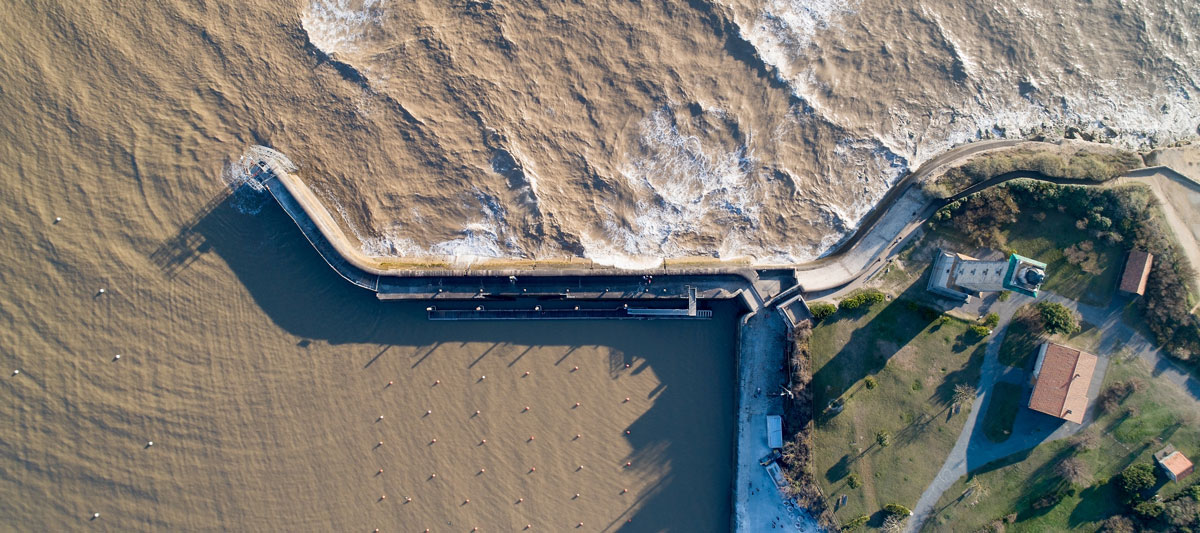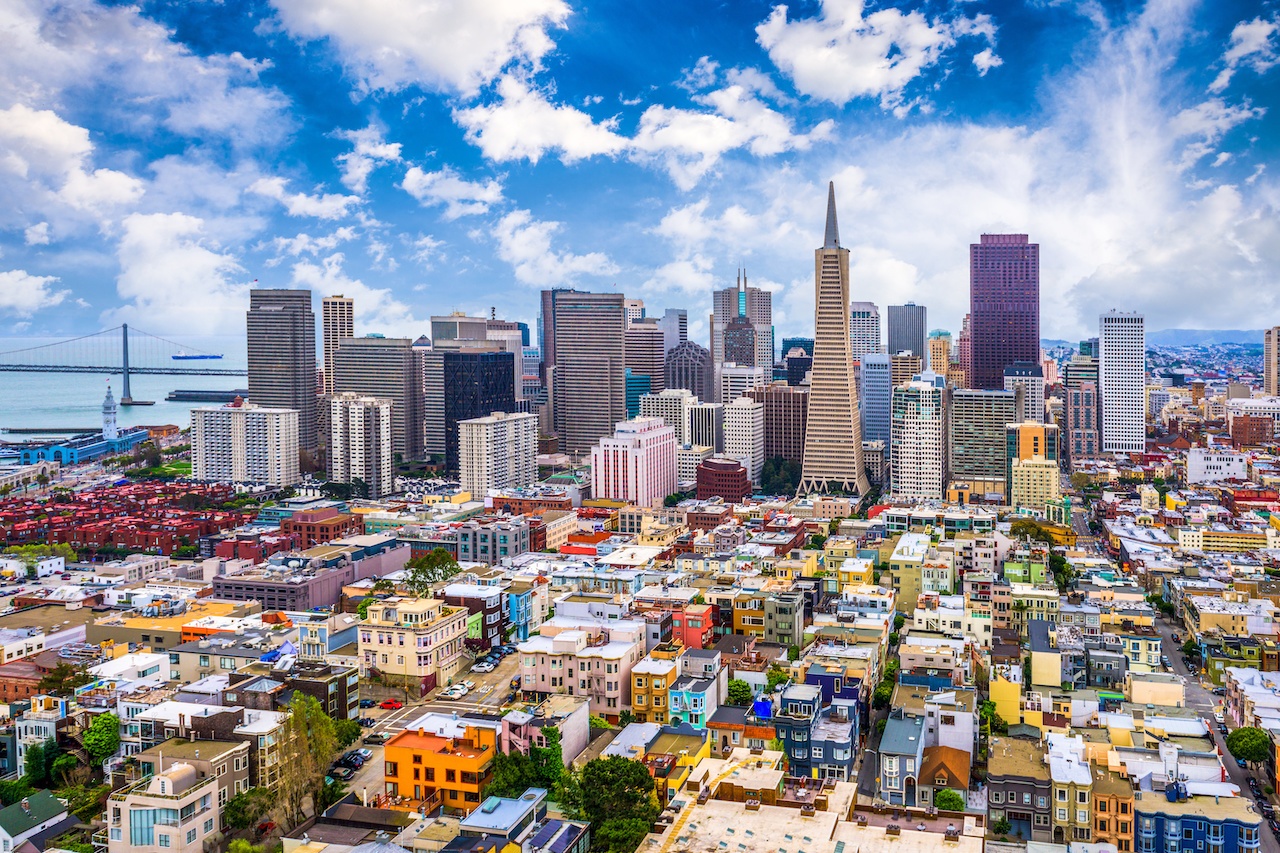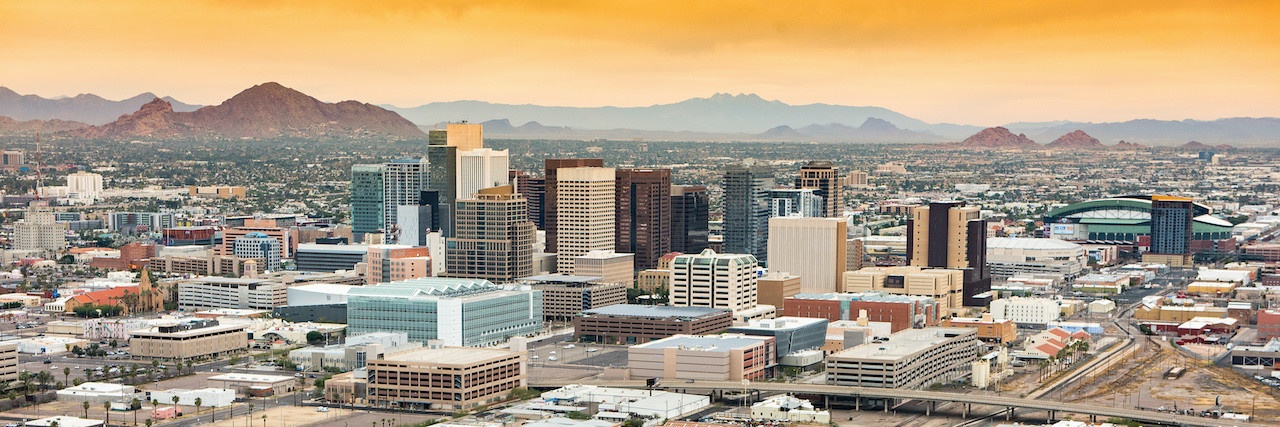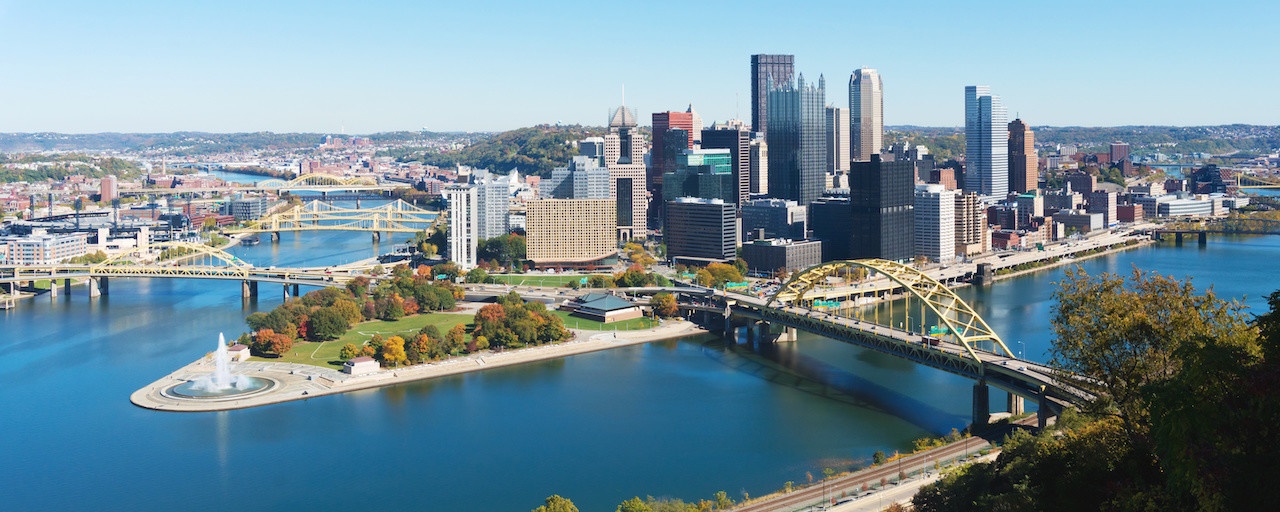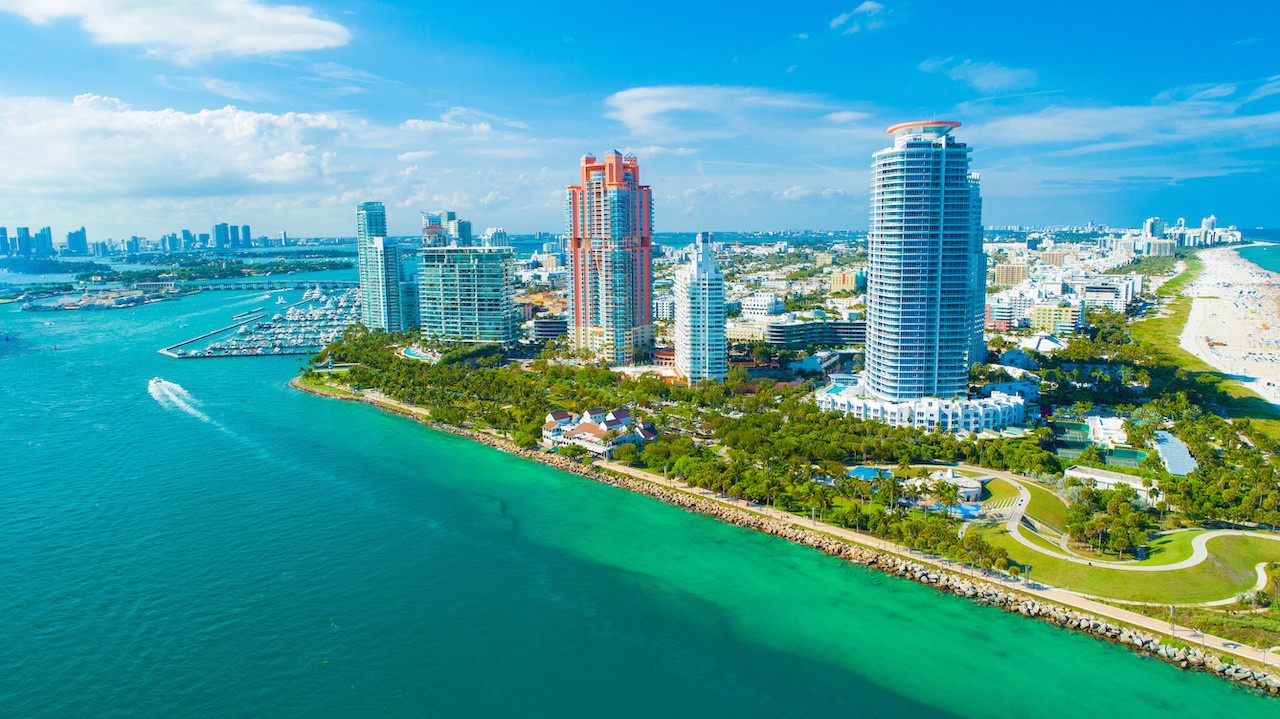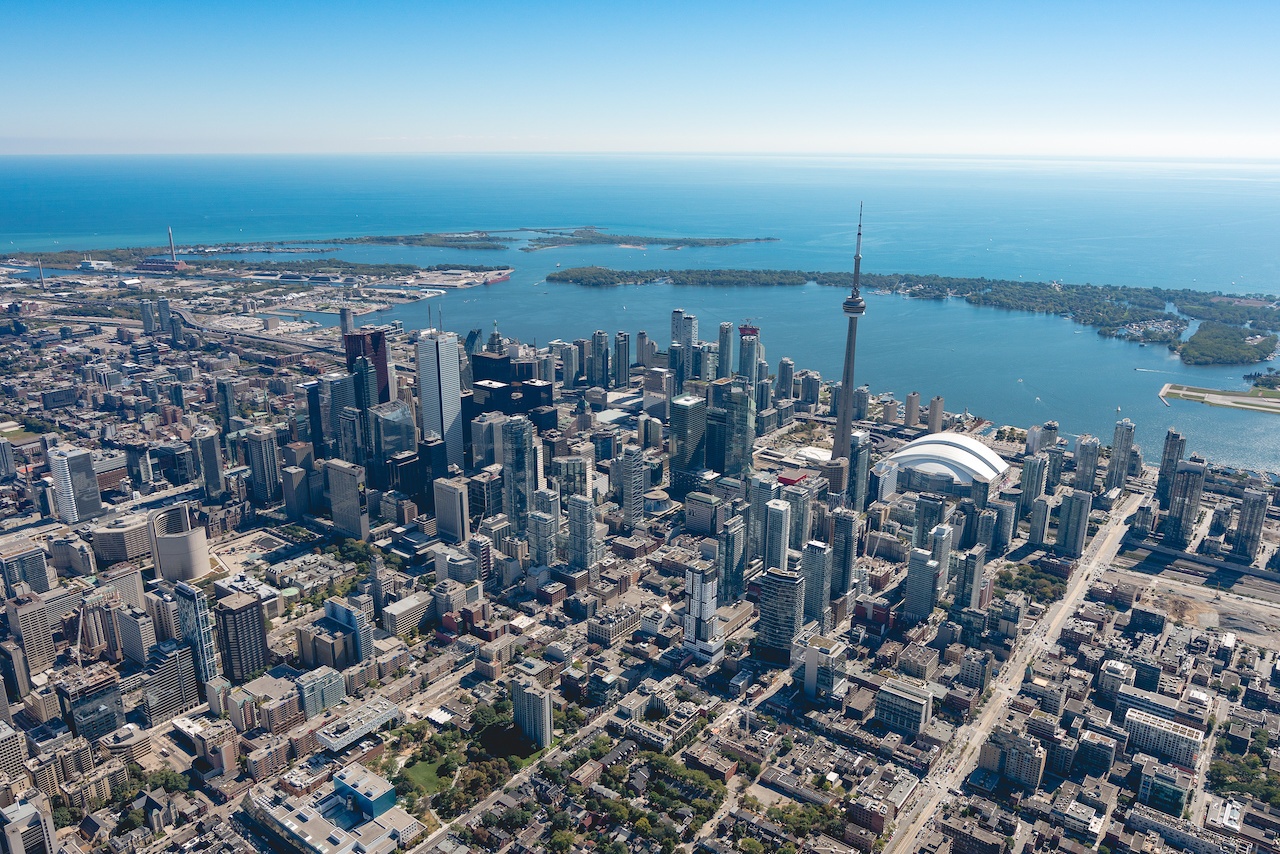Environment
A broad category of content focused on environmental topics in cities.
Examples: climate change, natural disasters, sea level rise, climate adaptation, climate mitigation.
Wildfire Risk Reduction: Connecting the Dots
One of the most visceral manifestations of the combined problems of urbanization and climate change are the enormous wildfires that engulf areas of the American West. Fire behavior itself is now changing. Over 120 years of well-intentioned fire suppression have created huge reserves of fuel which, when combined with warmer temperatures and drought-dried landscapes, create unstoppable fires that spread with extreme speed, jump fire-breaks, level entire towns, take lives and destroy hundreds of thousands of acres, even in landscapes that are conditioned to employ fire as part of their reproductive cycle.
ARISE-US recently held a very successful symposium, “Wildfire Risk Reduction – Connecting the Dots” for wildfire stakeholders – insurers, US Forest Service, engineers, fire awareness NGOs and others – to discuss the issues and their possible solutions. This article sets out some of the major points to emerge.
Innovating Our Way Out of Crisis
Whether deep freezes in Texas, wildfires in California, hurricanes along the Gulf Coast, or any other calamity, our innovations today will build the reliable, resilient, equitable, and prosperous grid tomorrow. Innovation, in short, combines the dream of what’s possible with the pragmatism of what’s practical. That’s the big-idea, hard-reality approach that helped transform Texas into the world’s energy powerhouse — from oil and gas to zero-emissions wind, sun, and, soon, geothermal.
It’s time to make the production and consumption of energy faster, smarter, cleaner, more resilient, and more efficient. Business leaders, political leaders, the energy sector, and savvy citizens have the power to put investment and practices in place that support a robust energy innovation ecosystem. So, saddle up.
Sustainability and Resilience: Not Quite the Perfect Relationship
People seem frequently to assume that the terms “sustainability” and “resilience” are synonyms, an impression reinforced by the frequent use of the term “climate resilience”, which seems to enmesh both concepts firmly. In fact, while they frequently overlap, and indeed with good policy and planning reinforce one another, they are not the same. This article picks them apart to understand where one ends and the other begins, and where the “sweet spot” lies in achieving mutual reinforcement to the benefit of disaster risk reduction (DRR).
Public-Private Collaboration – Essential for Disaster Risk Reduction
A few years ago, I worked with some ARISE-US members to carry out a survey of small businesses in post-Katrina New Orleans of disaster risk reduction (DRR) awareness. One theme stood out to me more than any other. The businesses that had lived through Katrina and survived well understood the need to be prepared and to have continuity plans. Those that were new since Katrina all tended to have the view that, to paraphrase, “well, government (city, state, federal…) will take care of things”.
While the experience after Katrina, of all disasters, should be enough to show anyone in the US that there are limits on what government can do, it does raise the question, of what could and should public and private sectors expect of one another?
Taking a Look into Our Adaptation Blind Spots
In my business, we’d rather not be right. What gets a climate change expert out of bed in the morning is the desire to provide decision-makers with the best available science, and at the end of the day we go to bed hoping things won’t actually get as bad as our science tells us. That’s true whether you’re a physical or a social scientist.
Well, I’m one of the latter and Meeting of the Minds thought it would be valuable to republish an article I penned in January 2020. In that ancient past, only the most studious of news observers had heard of a virus in Wuhan, China, that was causing a lethal disease. Two months later we were in lockdown, all over the world, and while things have improved a lot in the US since November 2020, in many cities and nations around the world this is not the case. India is living through a COVID nightmare of untold proportions as we speak, and many nations have gone through wave after wave of this pandemic. The end is not in sight. It is not over. Not by a longshot.
And while the pandemic is raging, sea level continues to rise, heatwaves are killing people in one hemisphere or the other, droughts have devastated farmers, floods sent people fleeing to disaster shelters that are not the save havens we once thought them to be, wildfires consumed forests and all too many homes, and emissions dipped temporarily only to shoot up again as we try to go “back to normal.”
So, I’ll say another one of those things I wish I’ll be wrong about, but probably won’t: there is no “back to normal.” Not with climate change in an interdependent world.
San Francisco Partnering with Community Organizations to Build Green Infrastructure
SFPUC’s Green Infrastructure Grant Program uses green infrastructure to combat CSOs and safeguard its watersheds. Green Stormwater Infrastructure (GSI) installations are engineered stormwater management tools that slow down, clean, and route stormwater to keep it out of a sewer system. Simultaneously, GSI provides native habitat, beautiful landscaping, groundwater recharge, and non-potable water reuse. Through this program, SFPUC encourages landowners to build GSI on their property by providing grants that cover design and construction. “Green stormwater infrastructure is one way that we can invest in our community, efficiently manage rainfall, and ease the burden on the City’s sewer system,” said SFPUC Utility Specialist Sarah Minick.
How Urban Industry Can Contribute Green Solutions for COVID-Related Health Disparities
The best nature-based solutions on urban industrial lands are those that are part of a corporate citizenship or conservation strategy like DTE’s or Phillips66. By integrating efforts such as tree plantings, restorations, or pollinator gardens into a larger strategy, companies begin to mainstream biodiversity into their operations. When they crosswalk the effort to other CSR goals like employee engagement, community relations, and/or workforce development, like the CommuniTree initiative, the projects become more resilient.
Air quality in urban residential communities near industrial facilities will not be improved by nature alone. But nature can contribute to the solution, and while doing so, bring benefits including recreation, education, and an increased sense of community pride. As one tool to combat disparate societal outcomes, nature is accessible, affordable and has few, if any, downsides.
Heat Action Planning is Tackling Urban Heat at the Hyper-Local Level
A participatory heat action planning process, Nature’s Cooling Systems, identified urban heat mitigation and adaptation strategies that focus specifically at the neighborhood scale. The framework is called the NCS Heat Action Planning Guide. The core team, consisting of The Nature Conservancy, Arizona State University, and Maricopa County Department of Health, selected three heat vulnerable communities based upon heat intensity, strong community identity, health risk factors, the presence of development projects planned or underway, and other factors. The three neighborhoods involved in heat action planning are Edison-Eastlake and Lindo-Roesley in Phoenix, and the Mesa Care neighborhood in Mesa.
Parks for All, Not Just the Privileged: Data-Driven Approaches to Park Equity
City Parks Alliance believes that all residents deserve access to high quality parks, and we believe that cities are wise to prioritize access for all residents for the health, environmental, and community benefits. That is why we also recently commissioned Investing in Equitable Urban Park Systems: Emerging Strategies and Tools, as part of a national initiative to help cities address park equity while promoting innovative strategies for funding parks and green infrastructure. Urban Institute led the research and published the report, which explores funding models and their equity considerations in cities of various sizes across the country.
Complex Climate Problems Call for Multi-Sector Solutions
It is increasingly clear that climate resilience cannot, and should not, be divorced from economic resilience. The siloed sectors that have worked to solve environmental problems in the past will not be enough to tackle our existential climate change challenges, which are intertwined with our racial and economic inequality. In Seattle, the team is supporting the development of a community-governed entity that will direct and leverage public, philanthropic, and private investments to create climate justice and economic opportunity while mitigating displacement. They are already advancing a pipeline of projects, including parks, housing, and neighborhood facilities, that will serve as a proof of concept for following a different process that centers community priorities.
Building for Resiliency in a Floodplain
Knowing that flooding is inevitable, we moved forward with developing the Brick Works site by testing new green design features that would mitigate risk and withstand most rain events. Stormwater management ponds collect water from the central parking lot; greenways and other hard surfaces filter sediment in the water before it’s released into the Don River. We also built out the site with wet flood-proofing, which allows water to flow in and out of buildings instead of preventing it from entering. A raised floor made of Cupolex allows water, moisture, and gases to escape from beneath the floor. Elevators default to the second floor, and mechanical systems are located above the projected water level from even the most severe flood. These measures are meant to minimize damage rather than stop the flood, and they were successfully put to the test during spring floods in 2012 and again in 2013.
How Stormwater Infrastructure Balances Utility and Placemaking
I see the outcomes of Duke Pond as a representation of the importance of the profession of landscape architecture in today’s world. Once obscured by the glaring light and booming voice long-generated by building architects, landscape architects are steadily emerging as the designers needed to tackle complex 21st century problems. As both leaders and collaborators, their work is addressing the effects of rising sea level on coastal cities, creating multi-modal pedestrian and vehicular transportation systems to reduce carbon emissions, reimagining outdated infrastructure as great urban places, and as with the case of Duke Pond, mitigating the impacts of worsening drought.

